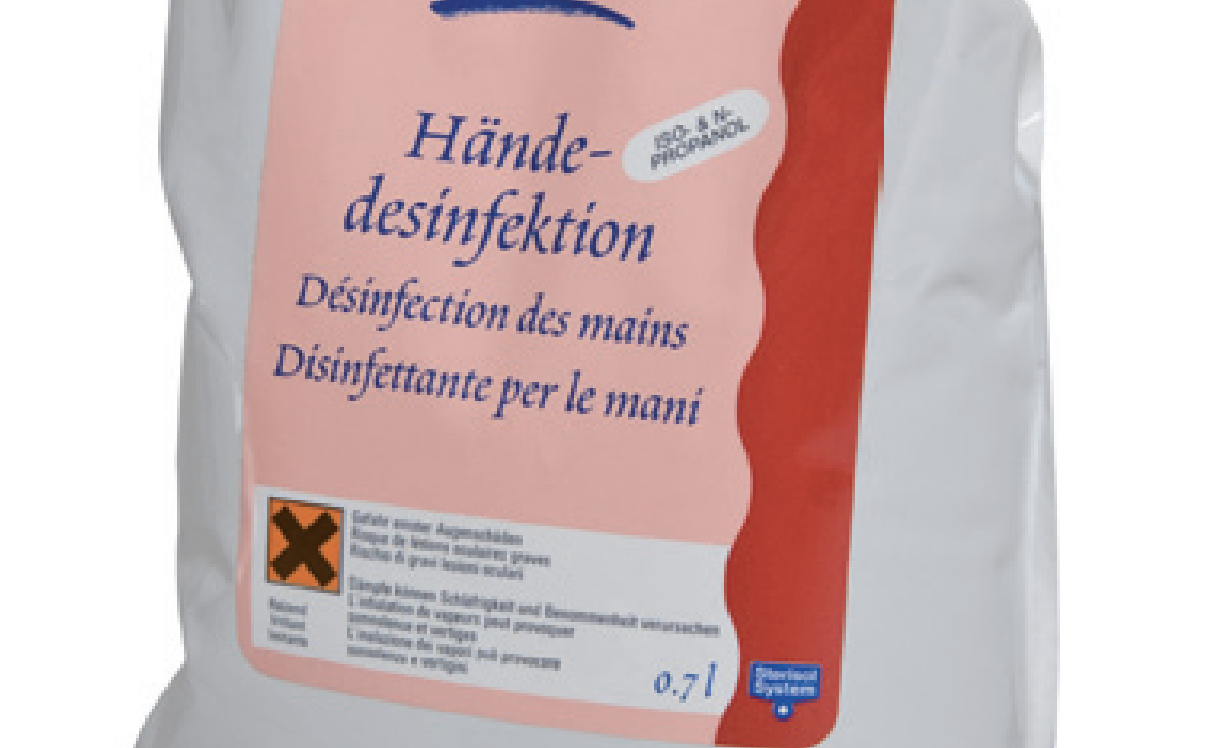
A prominent Swedish hand disinfection supplier provided the pharmaceutical industry in Italy with substantial quantities of ethanol-based hand sanitizers during the pandemic.
However, now that these products have exceeded their expiration dates, the issue arises of managing these items that demanded considerable natural resources for their production, transportation, and storage. Read more about the CO2 emissions and environmental challenges in producing and handling alcohol based hand sanitizers in “Environmental Product Declaration”.
Unfortunately, their disposal through incineration is exacerbating the environmental impact by adding to the overall carbon footprint.
The packaging used was a 700ml plastic refill bag. Excluding the emissions and fossil fuel consumption related to the production and disposal of the plastic bag, let’s make some basic calculations to gauge the extent of the CO2 emissions required to dispose of the liquid.
- Carbon Content: Ethanol and isopropanol both have carbon atoms, which, when burned, release carbon dioxide. To estimate the carbon content, we use the molecular weights of ethanol and isopropanol. Ethanol (C2H5OH) has a molecular weight of approximately 46 grams/mol, and isopropanol (C3H8O) has a molecular weight of approximately 60 grams/mol.
- Ethanol (C2H5OH) carbon content: 2 carbon atoms * 12 grams/mol = 24 grams of carbon/mol.
- Isopropanol (C3H8O) carbon content: 3 carbon atoms * 12 grams/mol = 36 grams of carbon/mol.
- Alcohol Composition: The liquid is 70% ethanol and 10% isopropanol. To calculate the weighted average carbon content:
- Weighted average carbon content = (0.70 * Carbon content of ethanol) + (0.10 * Carbon content of isopropanol)
- Weighted average carbon content = (0.70 * 24 g/mol) + (0.10 * 36 g/mol) = 16.8 g/mol
- Volume of Liquid: 100,000 liters of liquid.
- Conversion to Mass: To calculate the total mass of the liquid, we need to convert liters to grams, assuming a density of approximately 0.789 g/mL for this alcohol mixture.
- 100,000 liters * 0.789 g/mL = 78,900,000 grams (or 78,900 kg).
- Estimate CO2 Emissions: Assuming complete combustion of the carbon in the alcohol mixture, the estimated CO2 emissions can be calculated as follows:
- CO2 emissions = Weighted average carbon content * Mass of liquid
- CO2 emissions = 16.8 g/mol * 78,900,000 g = 1,325,520,000 grams (or approximately 1 326 metric tons) of CO2.
So, according to this estimate, only the disposal process resulted in 1,326 metric tons (1,326,000 kilograms) of CO2 emissions. This calculation does not include the additional CO2 emissions associated with production, transportation, and packaging.
Again, this is a simplified estimate that doesn’t take into account many real-world factors, including the efficiency of the incineration process, the energy source used, and other potential emissions.
This calculation pertains to just one brand, sourced from a single supplier in a specific market. When we extrapolate this calculation to encompass all the ethanol products disposed of due to their expiration dates, it becomes evident that there are billions of CO2 emissions linked to this issue.
Our work in promoting our ethanol free solution for clean hands continues.
Use disinfectants safely. Always read the label and product information before use.
Biocider ska användas på ett säkert sätt. Läs alltid igenom etiketten och produktinformationen före användningen.


